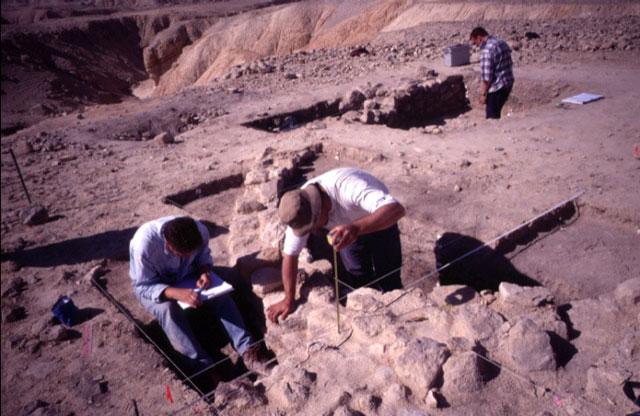- Local News
- Tue-2020-07-14 | 03:34 pm

Their irrigation practices played a crucial part in the development of the early Pre Pottery Neolithic A (10, 000- 8, 500 BC) agriculture, said Sayej Ghattas, affiliated with Agder County Council in southern Norway, which is an equivalent of the Department of Antiquities in Jordan.
Although Ghattas is engaged with the Scandinavian archaeology, the scholar from Bir Zeit remains "dedicated” to the research in the southern Levant, he told The Jordan Times in a recent e-mail interview.
Ghattas said that with a team from La Trobe University in Australia he conducted excavations in the Lisan Peninsula.
"The site of Zahrat Adh-Dhra [ZAD 2] in the Lisan Peninsula is characterised as a small village, which includes at least 17 oval dwellings,” Ghattas said.
The team found at least 17 curvilinear wall stubs emerging clearly through topsoil, which indicates the existence of at least 17 families in the village, Ghattas said.
"The climate in the vicinity is harsh and without the abundance of water from the Adh-Dhra Spring, the life in this area would have been impossible,” he noted
The inhabitants of ZAD 2 used "effective” diversion of the spring waters in order to be able to practise farming and ditch irrigation played a crucial part, according to the scholar.
"A large-seeded form of wild barely was common at the site, suggesting that it had been cultivated,” Ghattas said, noting that wheat, lentils and pistachios were also found.
The evidence indicates that the inhabitants of ZAD were practising foraging and farming at the same time, the archaeologist said.








